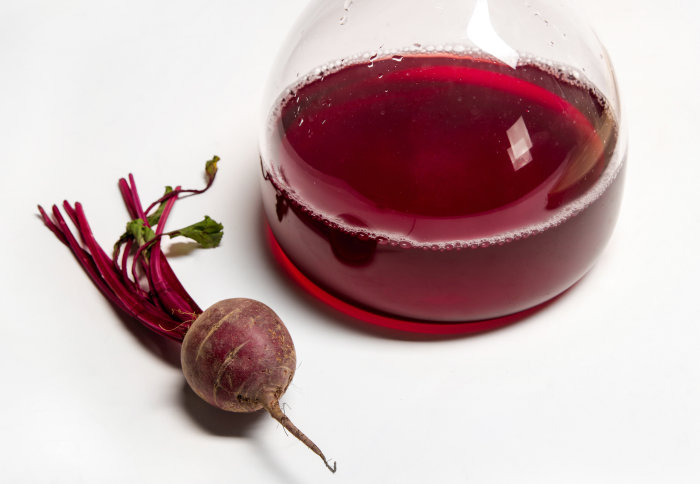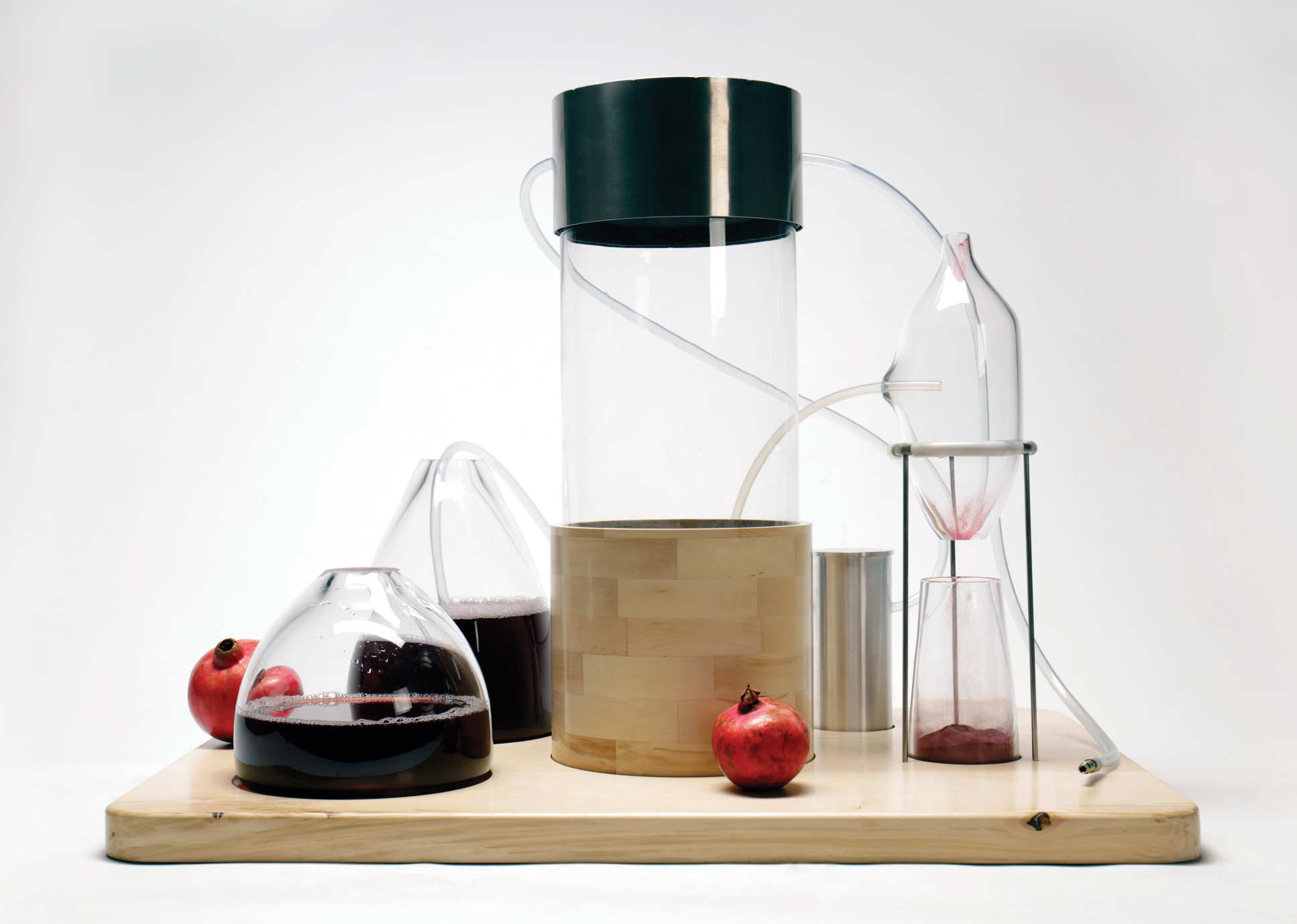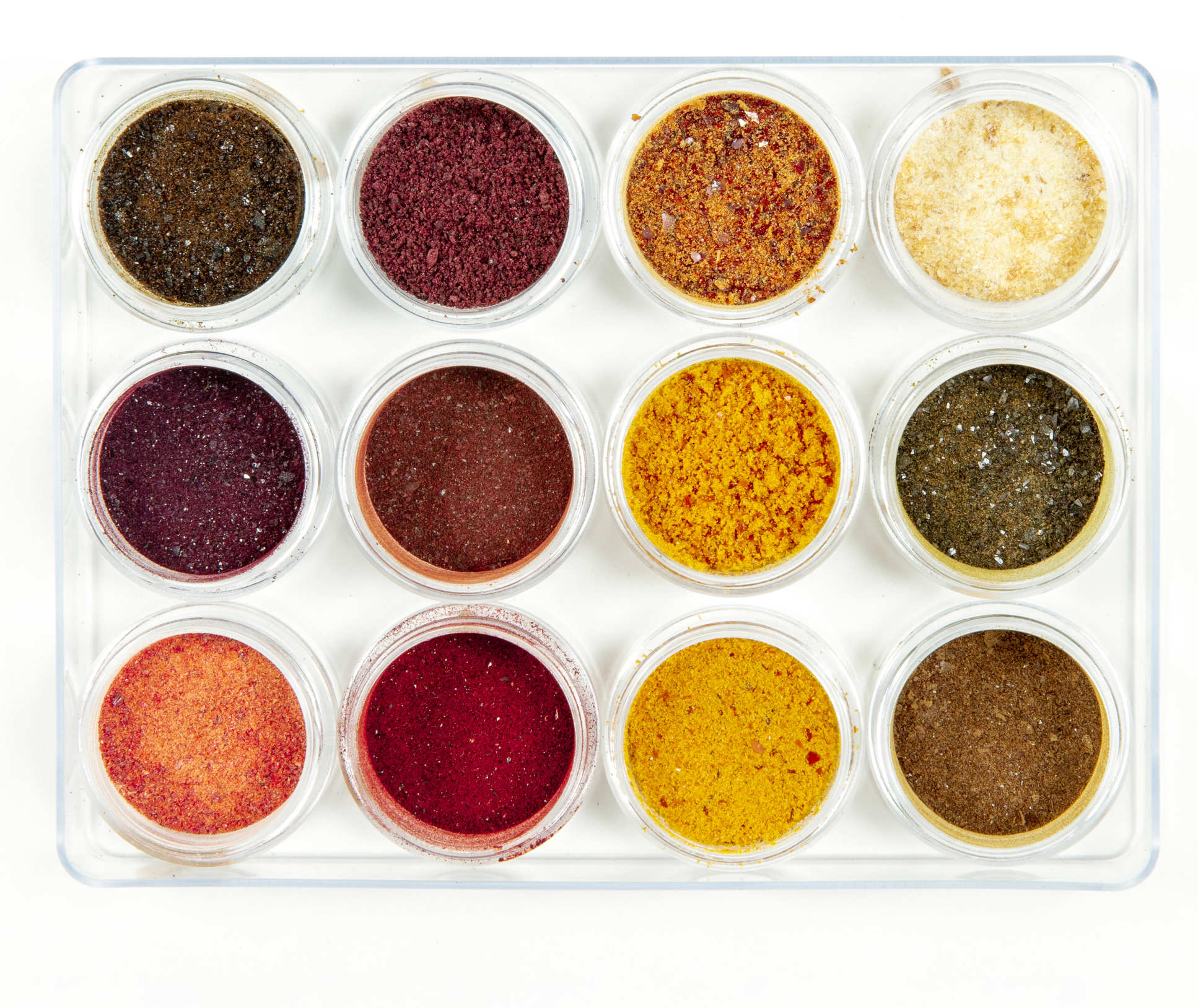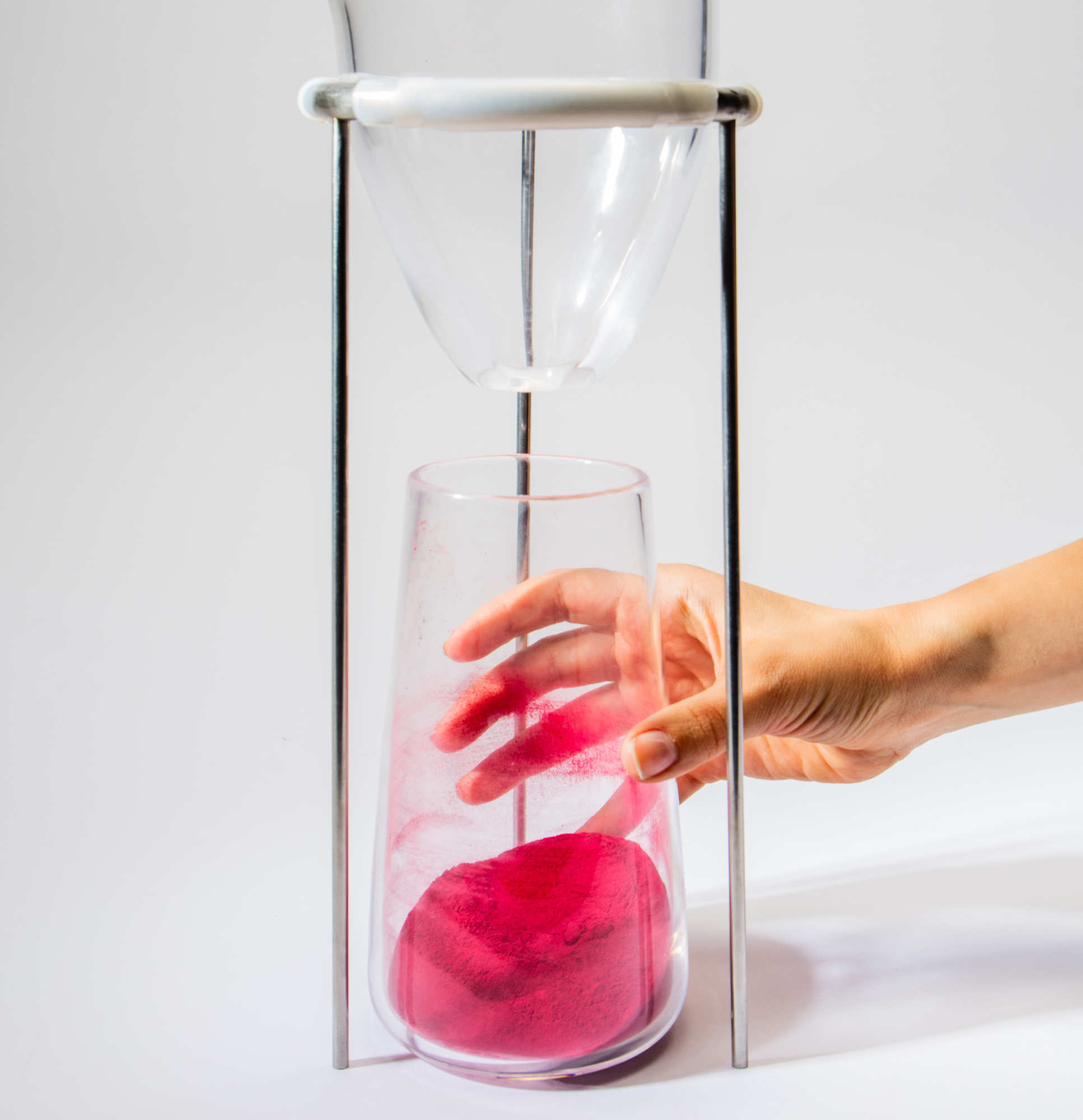Imperial student uses plant waste to create sustainable alternative to dye

Imperial student Nicole Stjernswärd is using plant waste to create natural powder pigments that can be used for paints, inks or textiles.
Historically colour came from plants and minerals, but with the onset of industrialisation, cheap, petrochemical colours became the norm, at a cost to the environment.
The project uses existing, old knowledge that people might have forgotten about, incorporating new technologies Nicole Stjernswärd
The colours in most consumer products are now derived from petrochemicals, however with an ever-increasing global focus on sustainability, Nicole thinks that pigments are due for change.
Nicole is a student on the Innovation Design Engineering Master’s course, offered jointly by Imperial College London and the Royal College of Art.
High value resource
Many plants and fruits eaten every day, such as avocados, onions and pomegranates, have valuable colours within their skins and peels. Normally these are left to rot in landfills, but KAIKU transforms this waste into a high value resource.

KAIKU’s colour making machine converts plant dyes into paintable pigments, allowing the user to create custom colours and have total control over the source of the colours. Plant dyes are added to the machine’s reservoirs and are then vaporised into dry powders. This process takes minutes and results in pigments that can be used for traditional artists’ paints, inks and textiles.
Unique natural pigment
Depending on how it is cared for, natural plant colour can fade in just a few months, making it perfect for items used for a short time. Items needed for a longer time can be re-dyed or re-coloured as needed.
Every batch of natural pigment is unique and subject to the growing conditions of the raw plants used, for example one batch of avocado pigment will differ slightly from another. This allows mass-produced products to feel more handmade and unique, and makes the applications numerous.

Nicole’s inspiration for the project began with oil paints, which used to be made more naturally, but are now mostly made from synthetically-derived materials and chemicals. She then met textile designers, who spoke about wanting to use more natural dyes, but found that these must be used quickly as they go mouldy. Nicole says her system is easier to use and has a better shelf life.
Hands-on process
She said: “The project uses existing, old knowledge that people might have forgotten about, incorporating new technologies.”

Studying at both Imperial College London and the Royal College of Art allowed Nicole to “access specialists in the field and experts on both sides. I really liked working with different disciplines, and I’m exploring how I can continue to do this after graduation.”
Nicole hopes that her hands-on process will spark interest in the public and encourage them to care about the products they buy and where they’ve come from.
Article text (excluding photos or graphics) © Imperial College London.
Photos and graphics subject to third party copyright used with permission or © Imperial College London.
Reporter
Joanna Wilson
Communications Division